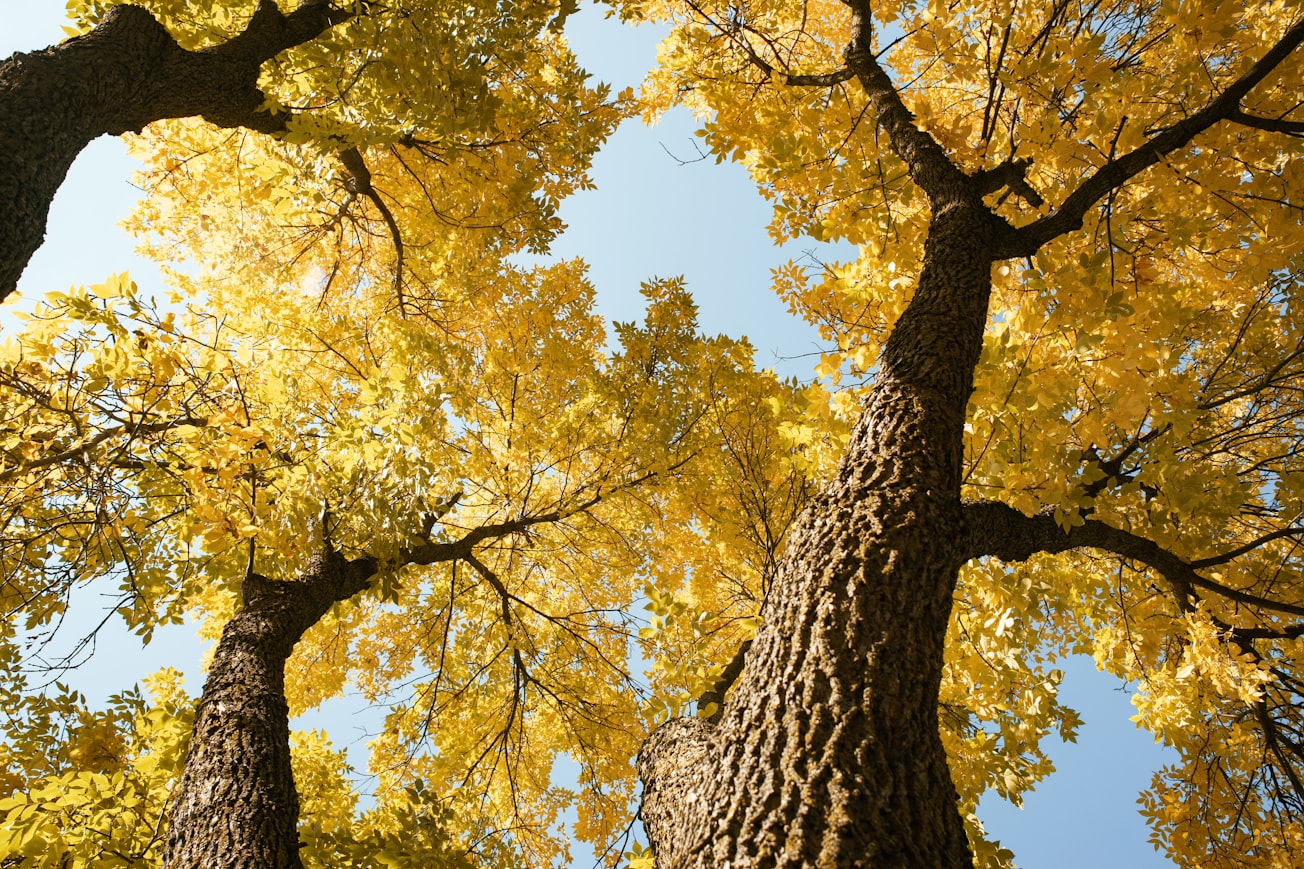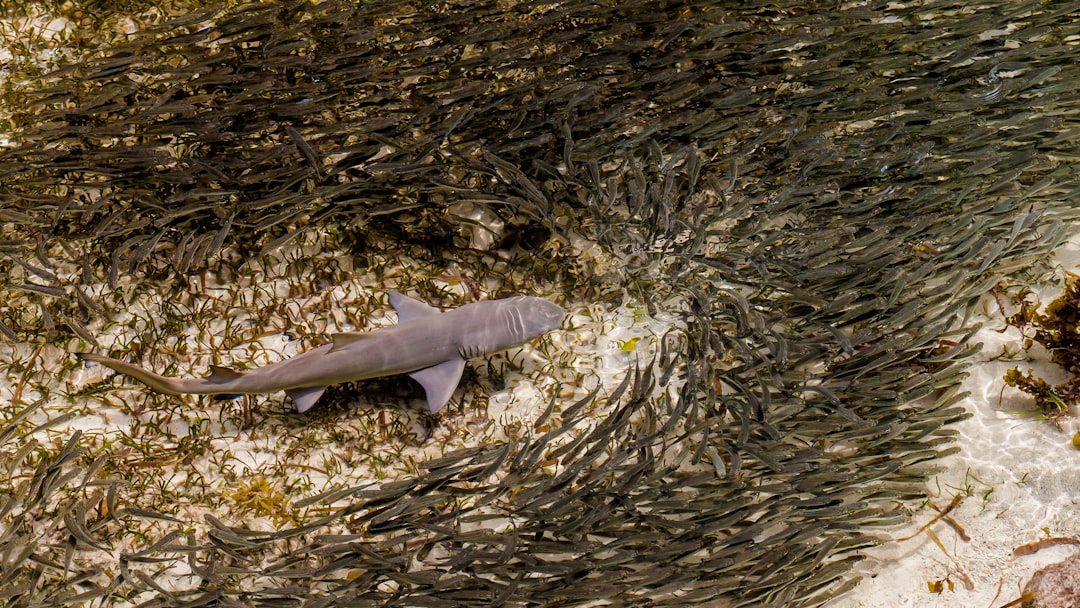What is it about?
A new species, Bursaphelenchus ulmophilus sp. n., from the hofmanni group is described morphologically and molecularly. This nematode species was found associated with Dutch elm disease of Ulmus glabra in parks of St Petersburg, Russia, and is vectored by adults and larvae of the bark beetles Scolytus multistriatus and S. scolytus. Bursaphelenchus ulmophilus sp. n. is characterised by the following features: body length 600-850 μm, stylet 12-14 μm long with base slightly and smoothly expanded, but lacking knobs, median bulb almost spherical in female and slightly ovoid in male, pharyngeal gland lobe dorsal, 4-5 body diam. long. This species has an oval spermatheca filled with spherical nucleic sperm 4-5 μm diam. Female post-uterine sac ca 0.5 of the vulva-anus distance and ca 3 vulval body diam. long, female tail reflexed, strongly hooked ventrally with a digitate or conically rounded tip. The male has seven caudal papillae arranged as 1 + 2 + 2 + 2, P1 is unpaired, anterior to cloacal opening, paired P2 at cloacal aperture, paired P3 and paired pore-like ‘gland papilla’ P4 at the lateral edges of the bursa which has the posterior border rounded to truncate. Phylogenetic analyses of the D2-D3 of 28S rRNA, partial 18S rRNA and ITS rRNA gene sequences revealed that B. ulmophilus sp. n. formed a clade with species of the hofmanni group and shared close relationships with B. hofmanni and B. pinasteri.
Featured Image

Photo by weston m on Unsplash
Why is it important?
The pathogenic association of the plant infection consists of true and opportunistic agents, which playing their roles as synergists of the disease progress leading to plant death. The description of all organisms involved in the association (vectors, fungi, nematode and their bacterial symbionts) is important to understand why the infection is so dangerous and spreading rapidly in parks and forests. It is especially important to study the transmission stages within life cycle of pathogens.
Perspectives
To prove the role of new nematode species as the true causative agent of the Dutch elm disease it is necessary to test their hosts ranges and the pathogenicity on different woody plants.
Dr Alexander Yuryevich Ryss
Zoological Institute of the Russian Academy of Sciences
Read the Original
This page is a summary of: Description of Bursaphelenchus ulmophilus sp. n. (Nematoda: Parasitaphelenchinae) associated with Dutch elm disease of Ulmus glabra Huds. in the Russian North West, Nematology, January 2015, Brill,
DOI: 10.1163/15685411-00002902.
You can read the full text:
Resources
Contributors
The following have contributed to this page










